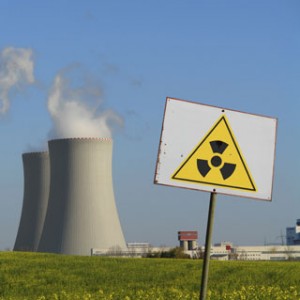Kindled by Japan’s nuclear crisis, a new wave of anxiety is passing over the New York Department of Environmental Conservation (DEC), as the relicensing of the Indian Point nuclear power plant lies in contention. Indian Point sits on a fault line on the banks of the Hudson River, about 25 miles north of New York City, causing worry on account of seismic activity. But how safe is it really?
Entergy Corp., the owners of Indian Point, argue that it is safe, built to withstand a magnitude six earthquake, which is far greater than any predicted earthquakes in the region. Entergy Corp. is asking the Nuclear Regulator Commission (NRC) to renew the power plant license for another 20 years of operation, as Indian Point’s Unit Two and Unit Three licenses will expire in 2013 and 2015, respectively.
Clearwater and the DEC, on the other-hand, are supporting the re-evaluation in hope that Indian Point will be closed and de-commissioned. There are health and environmental effects, though minute compared to those in Japan, which result from the leaking of radioactive material. In 2010, for instance, the New York DEC charged Entergy Corp. with killing almost a billion fish — some of which are on the endangered species list — by polluting the Hudson River as it circulated water. Although the threat of a large- scale nuclear disaster is more evident now, there always has been and always will be the lingering possibility that something will go very wrong.
Japan’s Fukushima Daiichi power plant was prepared for potential earthquakes, but scientists did not expect an earthquake of the magnitude experienced. Seismic activity is never completely predictable, especially when derived from undetected faults, yet when extra precaution is taken, some argue that the pros of nuclear power far out-weigh the cons.
In addition to Indian Point’s re-evaluation, Obama has called for the re-evaluation of plants across the U.S. Even so, what many forget is that the placement of spent fuel rods from all 104 nuclear power facilities in the United States is a remaining issue. Considering that the largest source of radioactivity from the Fukushima Daiichi plant was sourced from similarly stored spent fuel rods, a permanent storage space should be reconsidered.
As nuclear power plants produce around 20 percent of the energy in the U.S., something has to be done with the resulting waste. Hot, radioactive fuel rods that are no longer powerful enough to be used by the plants after a few years are stored in pools that cool down the rods and protect the environment from radioactivity. Where do they go from there?
If Obama had not put a stop to the Yucca Mountain project in Nevada, they might have been moved to that location. As it is, most pools are filled beyond capacity, or will be soon. If a catastrophe ever caused the water in a pool to evaporate, as it did in Japan, the environment would be exposed to extremely damaging radioactivity.
While the debate continues, nuclear power is not something many will give up on when combating climate change, although the obvious answer would be to invest in safer types of renewable energy. It is not reason to turn back towards fossil fuels; there are consequences either way. Whether or not the Indian Point licenses will be renewed, the nuclear crisis in Japan will remain an eye-opening event for those on both sides of the court.
Goldstein is a member of the class of 2013.






